Indoor Oceans: Seattle Aquarium
As an ocean-lover and scuba diver, I get excited about any opportunity to visit a new Aquarium. Just as every destination by the sea has its own charms and differences, so do these “indoor oceans,” varying in size, scope and specialties. When I found out I was going to be able to spend about 48 hours in Seattle in early May, the Seattle Aquarium was quickly added to my must-see list.
In 2017, the Seattle Aquarium recorded nearly 860,000 visitors, making it the ninth largest in the U.S. by attendance. It celebrated its 40th anniversary in 2017 and underwent a $42 million expansion in 2007.
Its six major exhibits include Window on Washington Waters, Life on the Edge, Pacific Coral Reef, Underwater Dome, Birds & Shores and Marine Mammals.
Window on Washington Waters
The Window on Washington Waters exhibit will be the first you encounter after gaining admission to the Aquarium. An expansive 20 x 40 foot viewing wall fronts this 120,000 gallon exhibit, filled with over 800 fish and invertebrate marine life, including anemones, sea stars, sea urchins and corals. Try to time a stop there at 10 a.m., 11:30 a.m. or 12:15 p.m. when divers inside the exhibit team up with Aquarium interpreters on the outside to answer questions from the audience.
The Underwater Dome
The Underwater Dome is one of the largest exhibits in the Aquarium. Its 400,000 gallon tank, filled with fish native to the Puget Sound, gives visitors a 360º view into the undersea world. Sharks, skates, sturgeon and salmon swim by, along with lingcod and rockfish like the one pictured below, who can often be seen hanging out on the ledges. Stop by at 1:30 p.m. when it’s fish feeding time!
Life of a Drifter: Seattle Aquarium’s “star” attraction -the giant Pacific octopus
The giant Pacific octopus was (at least to me) the star of the Seattle Aquarium!
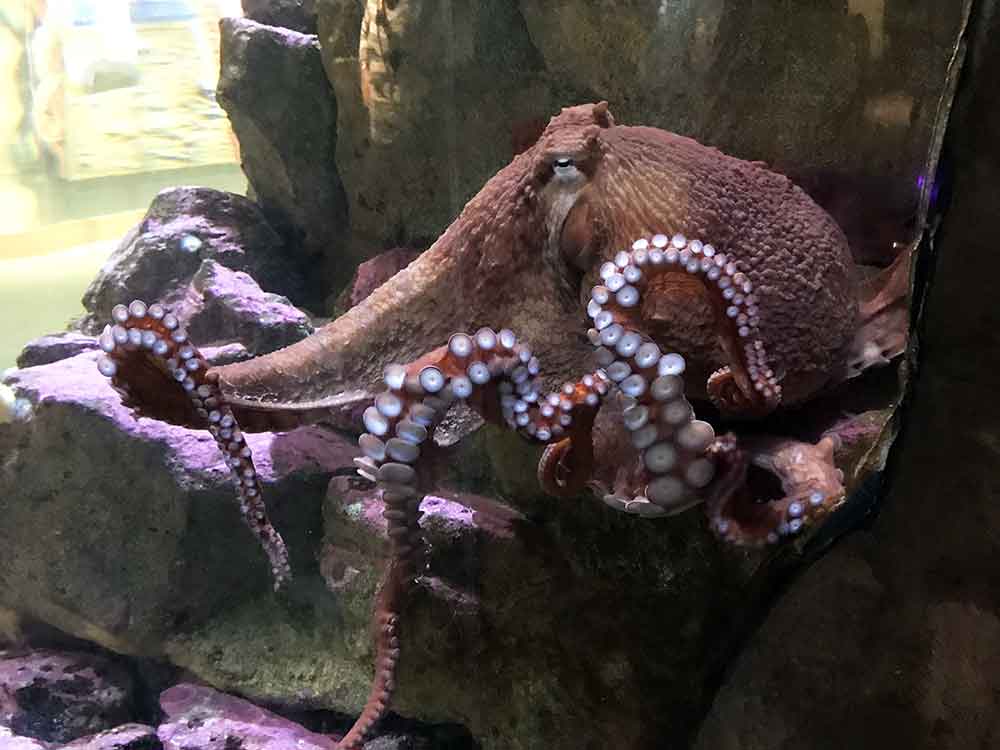
This is Vincent, the giant Pacific Octopus we became acquainted with on our visit to the Seattle Aquarium. © Debbra Dunning Brouillette
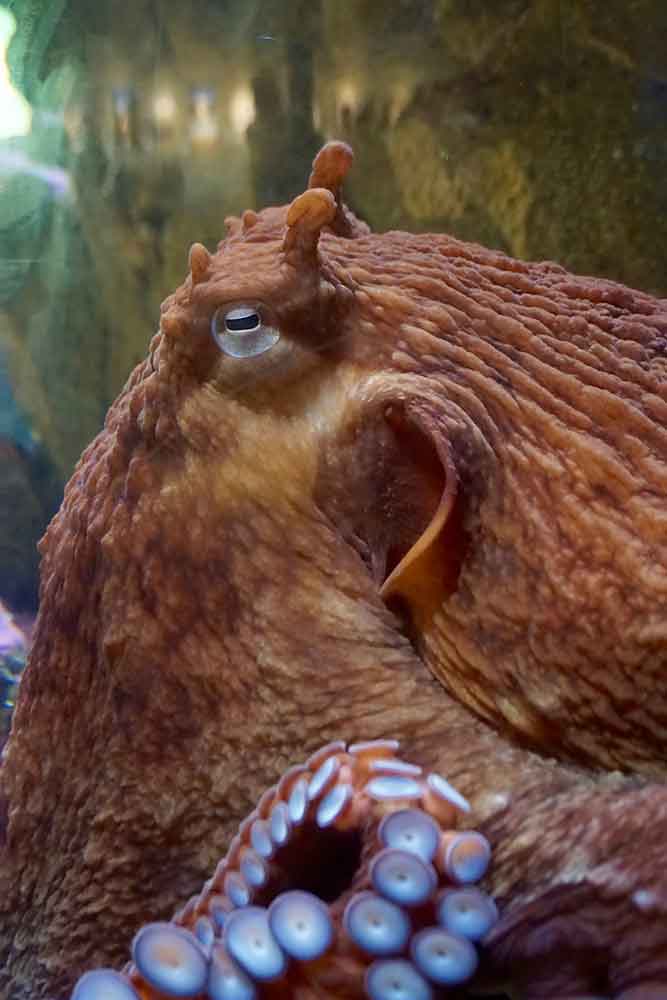
There is something special about being eye to eye with a giant Pacific octopus! I felt like VIncent was taking me all in. © Debbra Dunning Brouillette
Vincent, the latest in a series of giant Pacific octopuses the Seattle Aquarium has exhibited over the years, was very active during our mid-afternoon visit, much to the delight of those gathered around the tank to watch him, his eight arms displaying the suckers underneath as he moved around his habitat.
A SHORT VIDEO OF VINCENT I CAPTURED ON OUR VISIT (5-09-2018):
https://youtu.be/vA2EuqFyITA
I learned a lot about Vincent and octopuses in general from Roberta Brooks, Marine Science Interpreter and Diver at the Aquarium for the past 14 years. Roberta, who served as a volunteer for more than a decade before she came on staff, is an enthusiastic resource who happily shares her knowledge of the Aquarium’s inhabitants, including the giant Pacific octopus.
The coolest thing I found out is that Vincent and all the octopuses the Aquarium divers have collected over the years from nearby waters in the Puget Sound are later released back to the area where they were found. “We get permits to collect several each year,” she said, “so we may have one or two on display at any given time. They are collected when they weigh between eight and 20 pounds.”
“Vincent will go back to Neah Bay, in the northwest tip of Washington state, not far from Vancouver..”
Their release date varies according to when they show signs they are ready to mate, usually around two-and-a-half to three years of age. “They go into an end stage of life when they are ready to reproduce,” she continued.
Now this is the sad part… “They are terminal breeders. Within the last six to 12 months of their life, they may mate with half a dozen partners, but when they hit the end part of their life, they stop eating.” This is true in both males and females.
That’s how they will know when to release Vincent. Not only will he stop eating, he will also start behaving erratically, becoming more active and maybe swimming into things. She explained, “As they mature, their reproductive organs grow inside the mantel, which displaces part of their digestive system.” (Ever wonder how you can tell males from females? In males, the last few inches of its third right arm, which is used in mating, is bare and without suckers.)
After successful mating, female octopuses lay 20,000-100,000 eggs, which hang in long, stringy bunches in a well-protected hidden den. For the next four to 10 months, the female blows water over them and protects them from predators. As the babies hatch, she will pass away as well, sometimes dying before they all develop.
Okay, back to a happier topic! While the octopuses are on display at the Seattle Aquarium, they are well cared for. They enjoy having tight, enclosed spaces where they can hide but are provided with sensory and habitat changes, too, since they are very intelligent creatures and seem to enjoy puzzles. (They have even been known to try to escape their tanks!)
Some quick facts:
- An average-sized adult weighs about 90 lbs. with a relaxed tip to tip dimension of 12-14 feet, but even larger specimens have been found. And…get this! A full-grown 90 pounder can slip through a hole as little as three inches across!
- They have approximately 200 suckers on each arm, which contain thousands of taste receptors, similar to the taste buds on our tongues. Since they are nocturnal and hunt at night, they can probe crevices for food without needing to see.
- Puget Sound is home to many giant Pacific octopuses but they are found throughout the Northern California coast to the Aleutian Islands, Alaska and Japan.
- Lifespan: 4-5 years
- Diet: Fish, crab, shellfish, shrimp
- Predators: Sharks, marine mammals, other octopuses and fish
(Oh, and by the way…. the correct plural form of octopus is octopuses, not octopi! )
SLIDESHOW:
Visit the Octopus Exhibit at 12 noon and 4 p.m. to see how the octopus is fed and learn more about this amazing creature.
Also included in the Life of a Drifter area are the moon jellies exhibited in the Ring of Life.
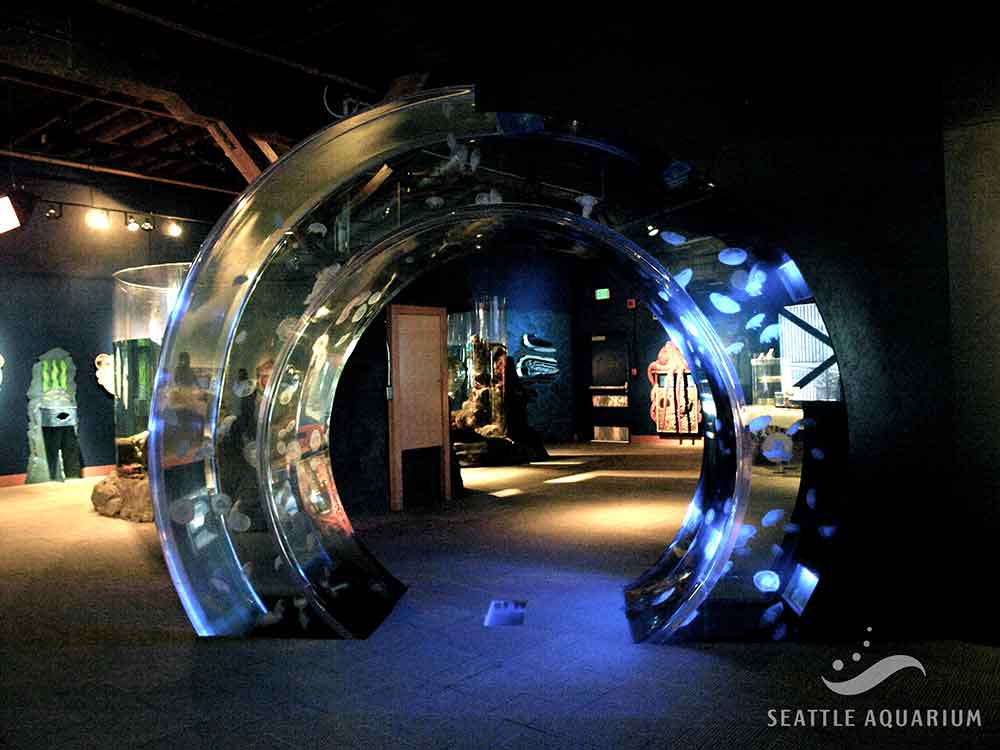
Near by is the touch tank mimicking Puget Sound tide pools, called Life on the Edge, where sea urchins, sea stars, sea cucumbers and hermit crabs are on display and can be touched.
Pacific Coral Reef
Life on a coral reef in the Pacific Ocean is explored in the Aquarium’s colorful 25,000 gallon exhibit. I was pleasantly surprised to see unicornfish. I saw them for the first time last year while snorkeling in Bora Bora. And I am always happy to see pufferfish; one of my favorites. They’re able to inflate to avoid predators.
SLIDESHOW:
Birds & Shores
The open-air Birds and Shores exhibit features shorebirds of Puget Sound, including the Black Oystercatcher and Tufted Puffin.
Marine Mammals
Sea otters, river otters, harbor seals and fur seals can be viewed in the Marine Mammals area of the Aquarium. Seattle Aquarium was the first facility in the world to have a sea otter conceived, born in captivity and live to adulthood. Attend one of the daily talks and feedings at 11:30 a.m., 2 p.m. and 5 p.m. Watch the activities of your favorite creatures, including harbor seals, sea otters and the giant Pacific octopus at this LIVE CAM link.
SLIDESHOW:
Water, water everywhere!
Unlike many Aquariums located hundreds of miles away from an ocean, the Seattle Aquarium’s location on Puget Sound provides ready access to the immense amounts of saltwater used in its exhibits. Roberta Brooks, Marine Science Interpreter explained, “A pumphouse at the end of the pier pulls water from below the Aquarium through intake tubes located about 20 feet off the bottom to eliminate bringing In sediment from the sea floor or surface debris.”
The way the water is filtered and handled varies by exhibit. Water used for exhibits like the Pacific Coral Reef that contain animals not native to Washington is sterilized and adjusted for temperature and salinity on the way in and then is heavily recirculated. Water that leaves the exhibit is sterilized on the way out and exits to the Seattle Metro sewage treatment plant to ensure that non-native life is not introduced into the area.
Planning to visit?
With a few exceptions, the Aquarium is open 9:30 a.m.–5 p.m. daily, with last entry at 5 p.m. and exhibits closing at 6 p.m. It is located on Pier 59 on downtown Seattle’s central waterfront, just west of the Pike Place Market.
Helpful links: PRICING and FREQUENTLY ASKED QUESTIONS (FAQ)
When visiting Seattle, get the CityPASS!
We were able to use the CityPASS to gain admission at significant savings (47%) to the Seattle Aquarium, along with four other major attractions, including the Space Needle. Argosy Cruises Harbor Tour, and two others. Holders of the CityPASS can choose from the Museum of Pop Culture (MoPOP) or Woodland Park Zoo for their fourth attraction, and either Chihuly Garden and Glass or the Pacific Science Center for the fifth.
Check out other posts in my Indoor Oceans series at these links:
Indoor Oceans: Georgia Aquarium is world’s largest
Indoor Oceans: Diving with whale sharks at Georgia Aquarium (VIDEO)
Indoor Oceans: Moody Gardens Aquarium in Galveston, Texas
Indoor Oceans: North Carolina Aquarium at Pine Knoll Shores


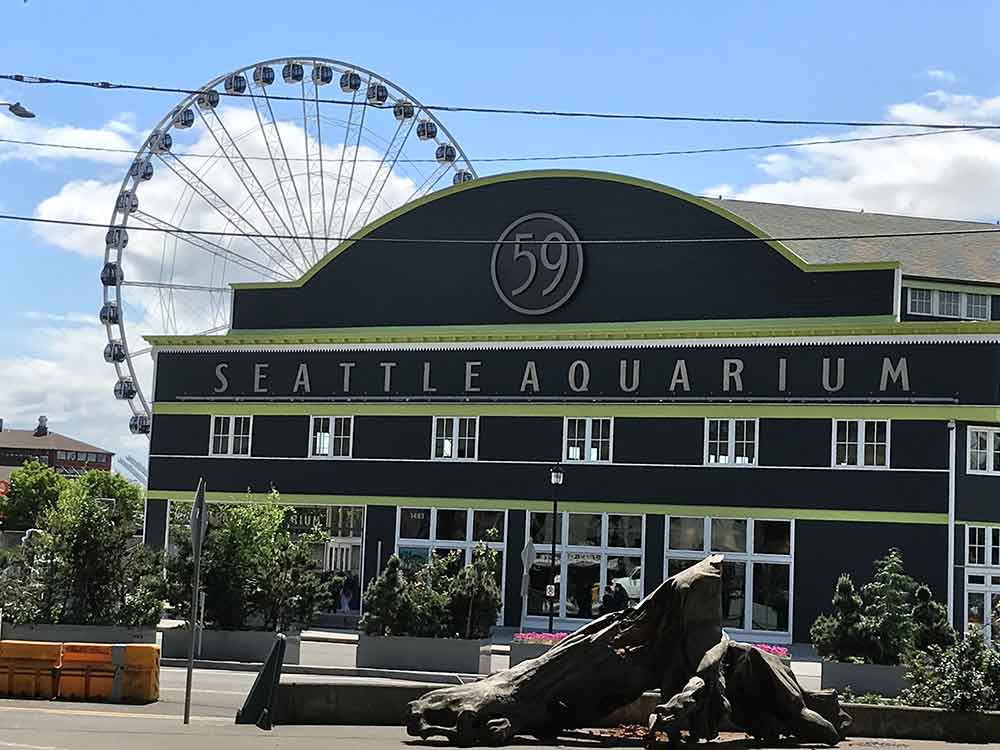
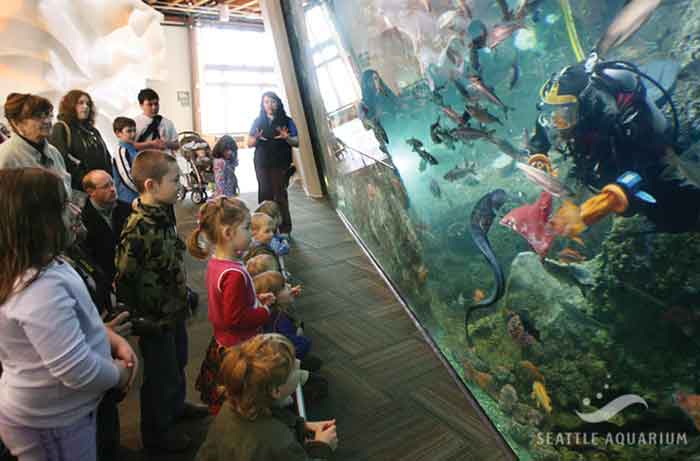
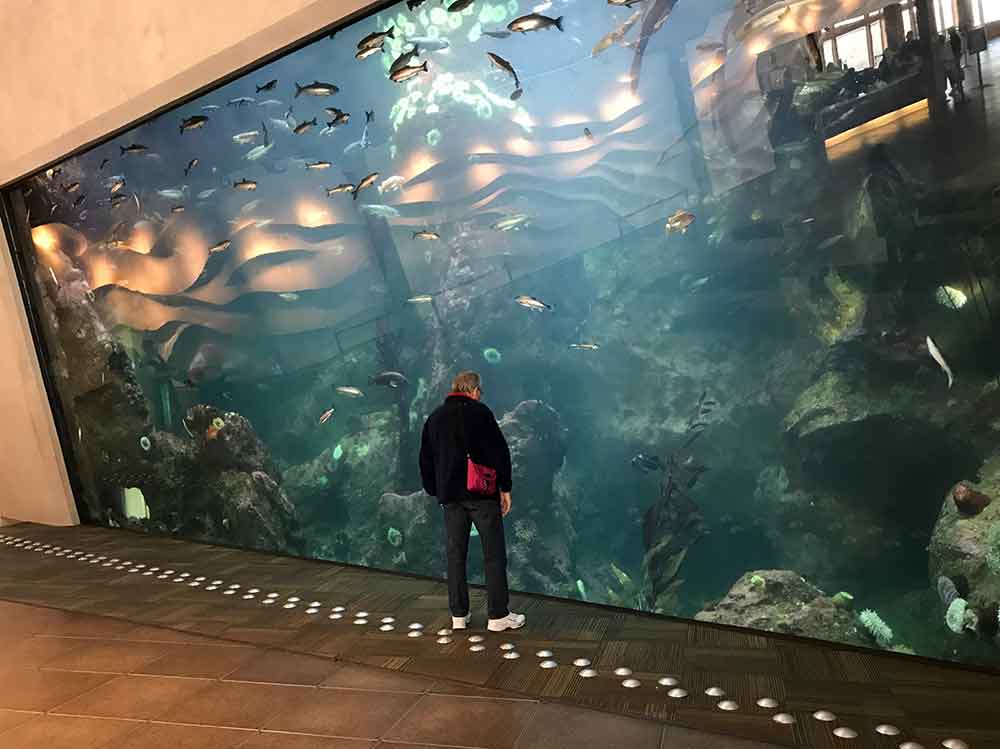
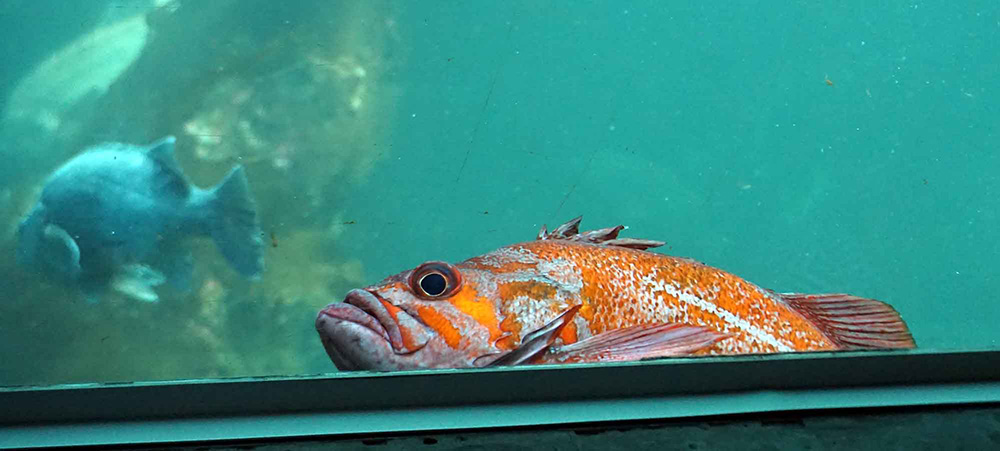
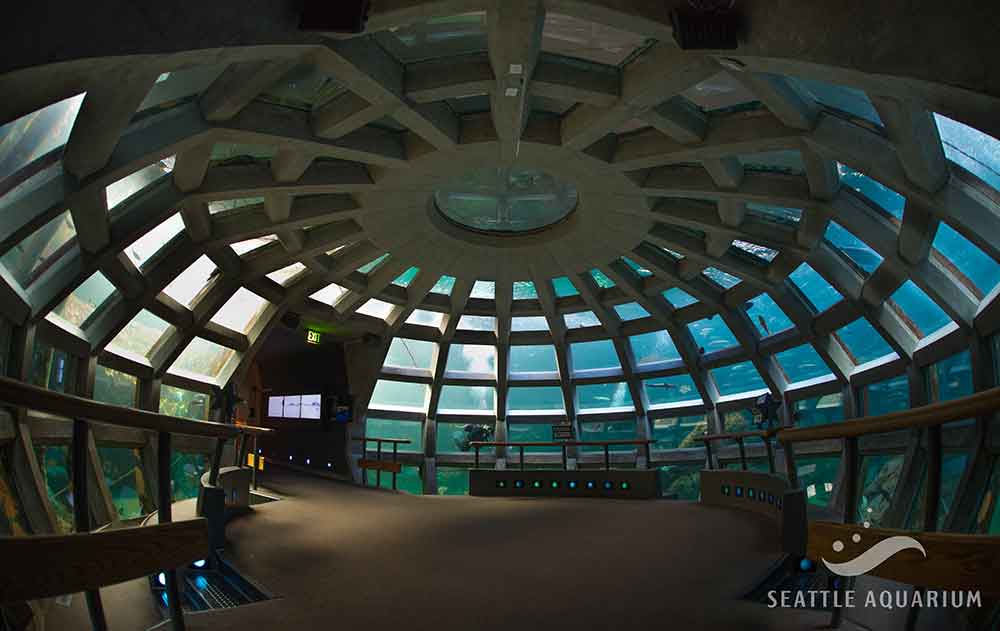
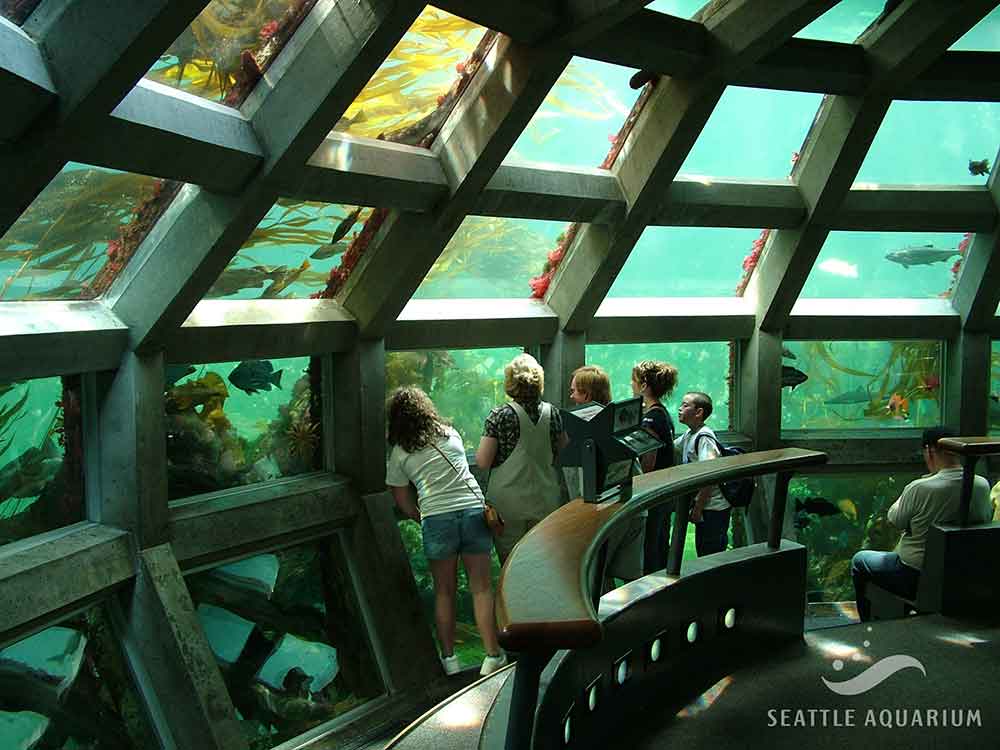
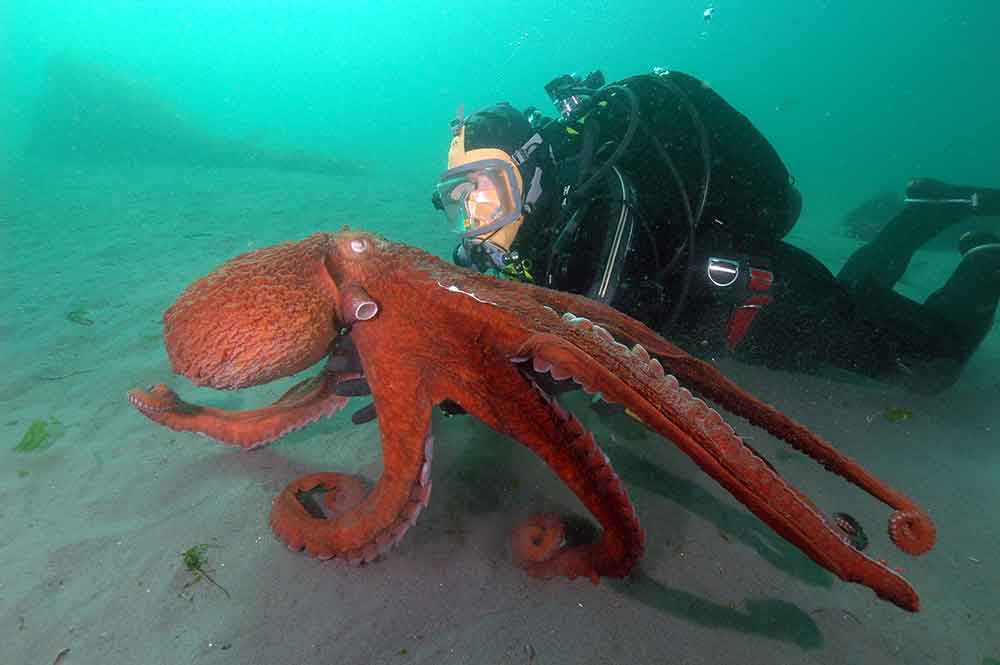
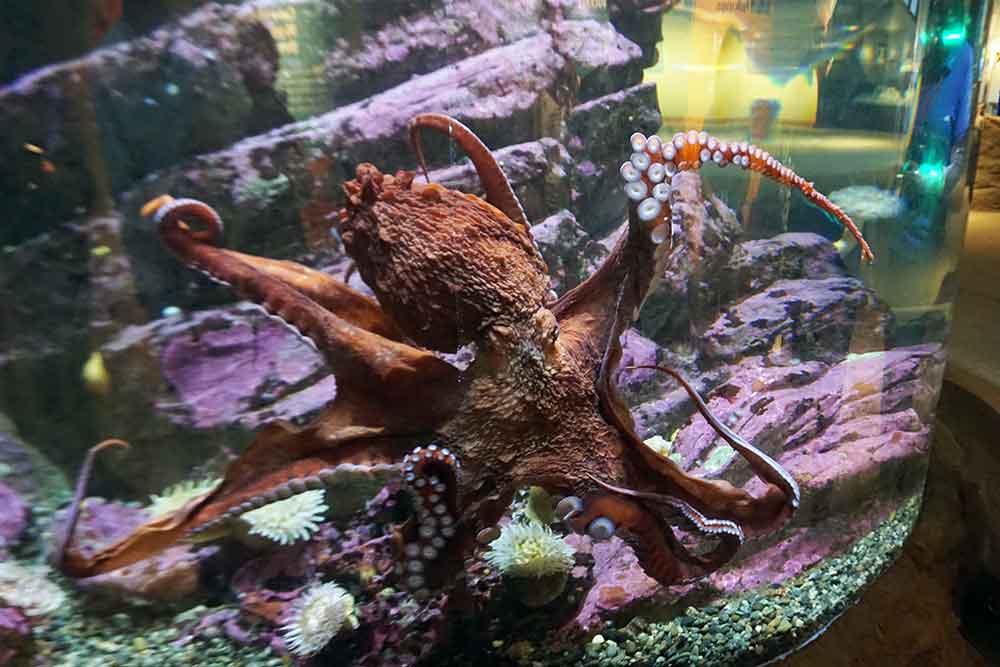
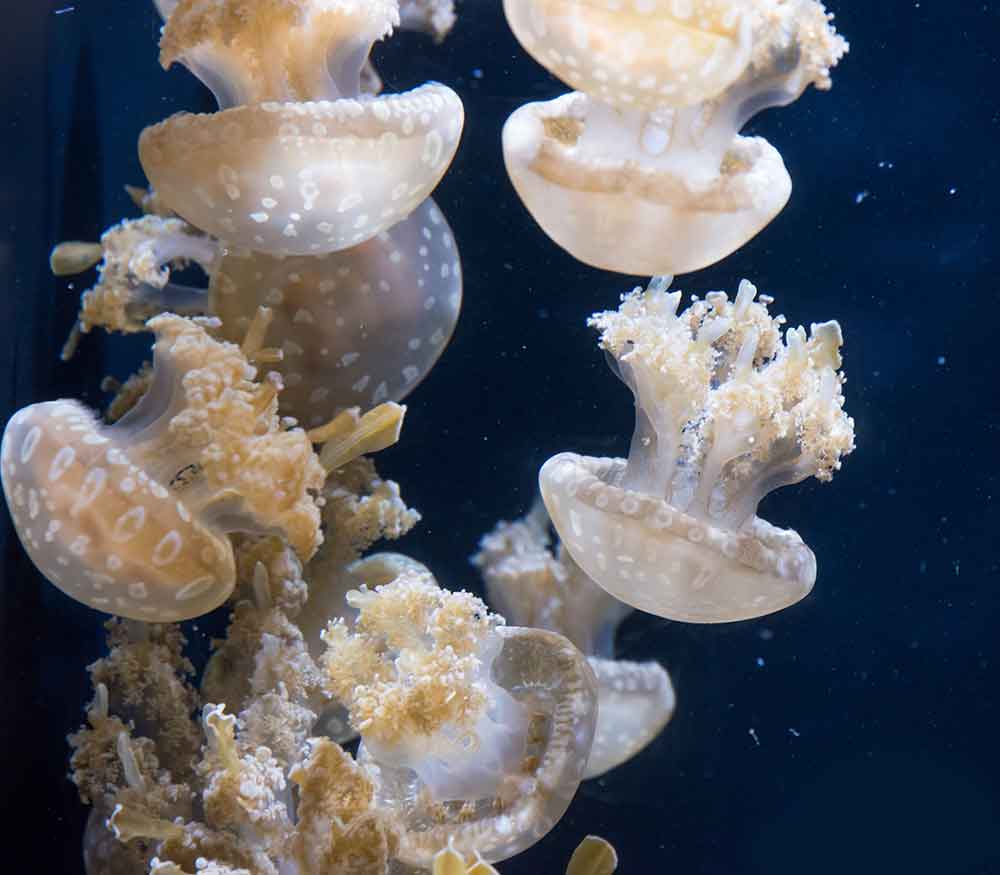
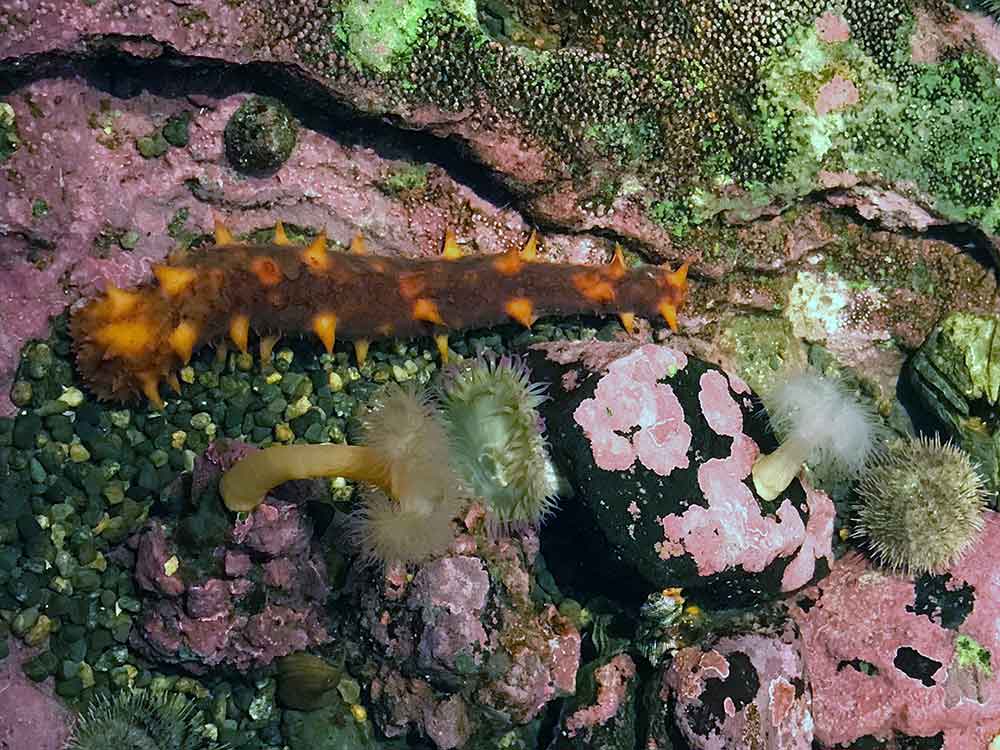
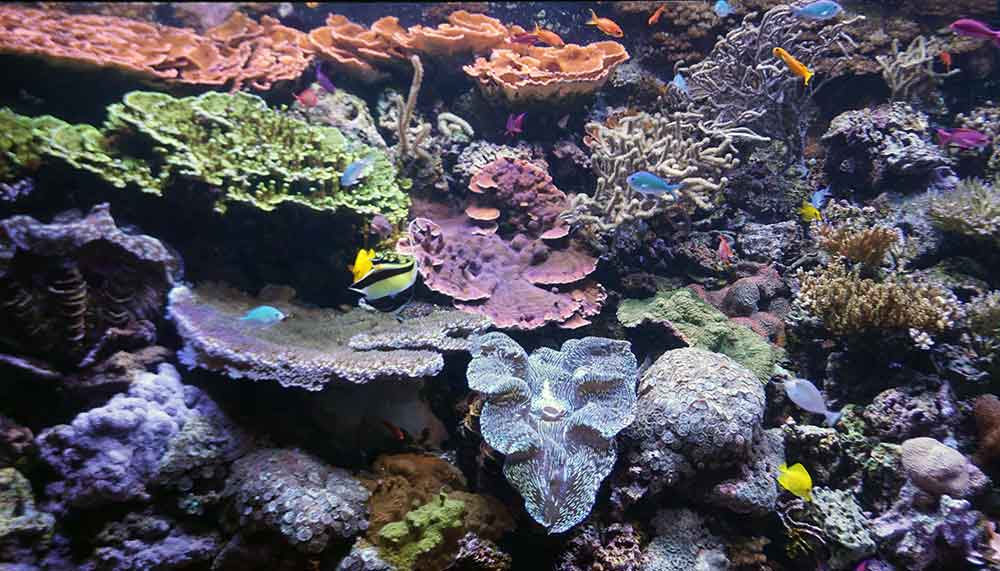
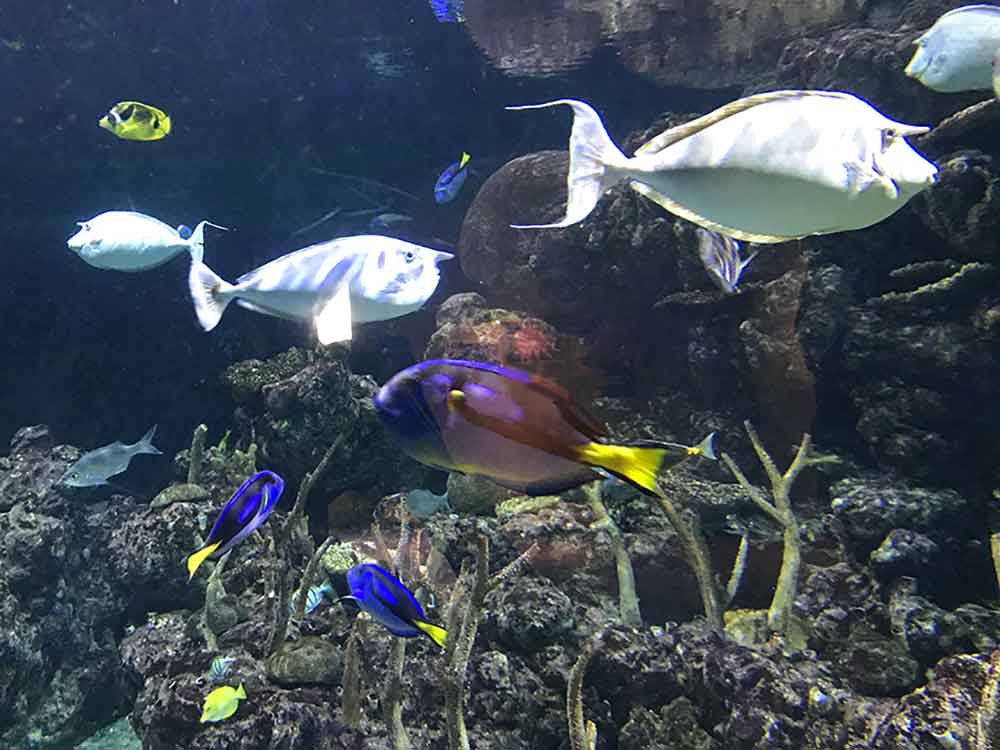
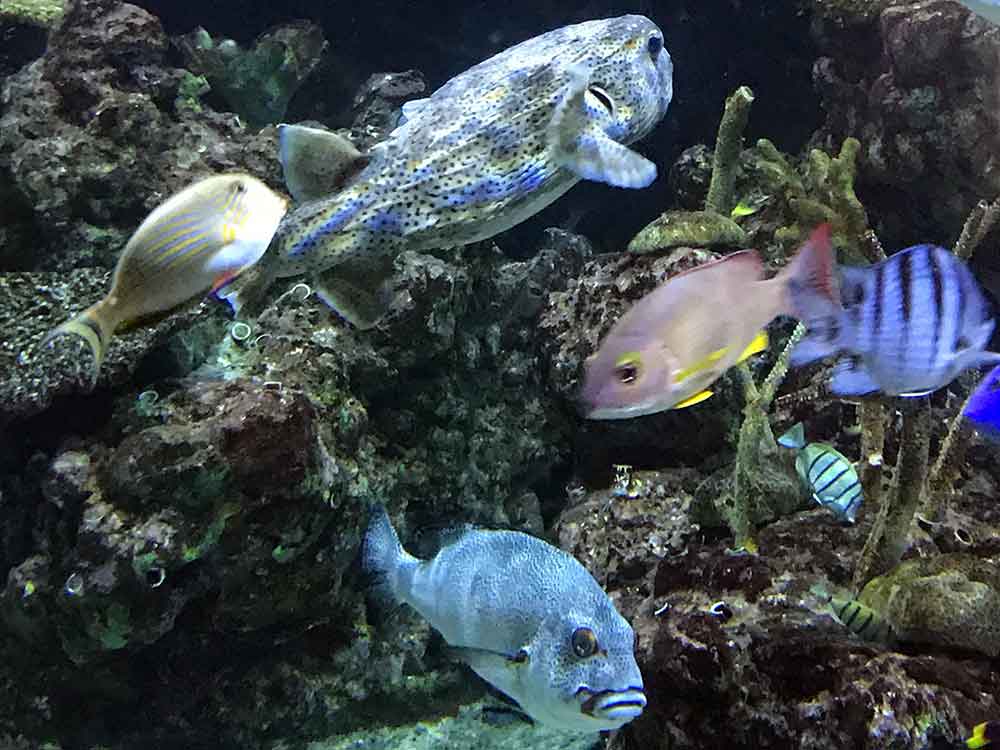
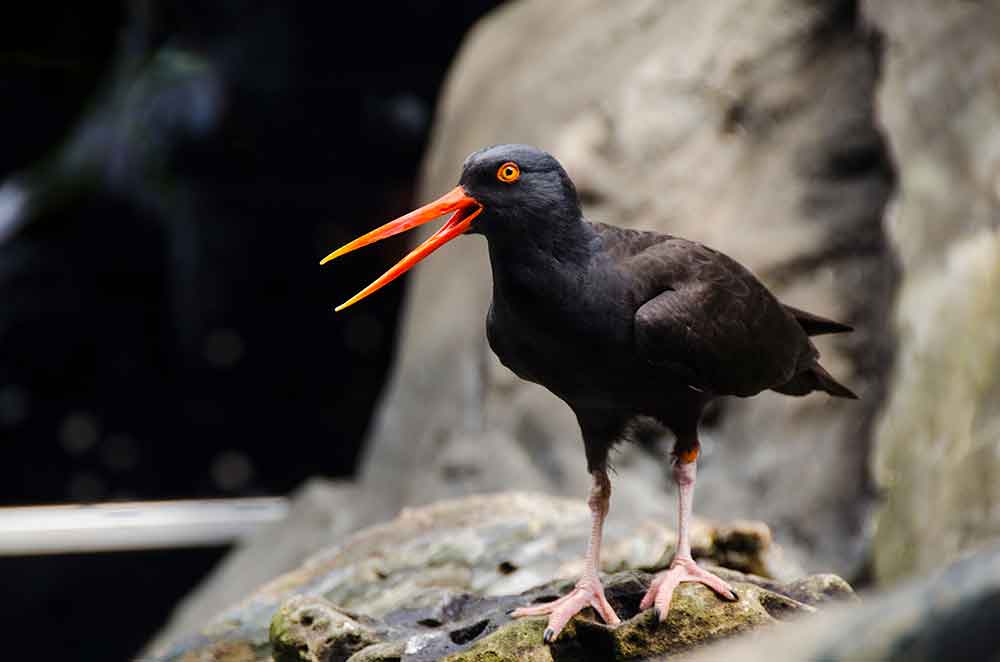
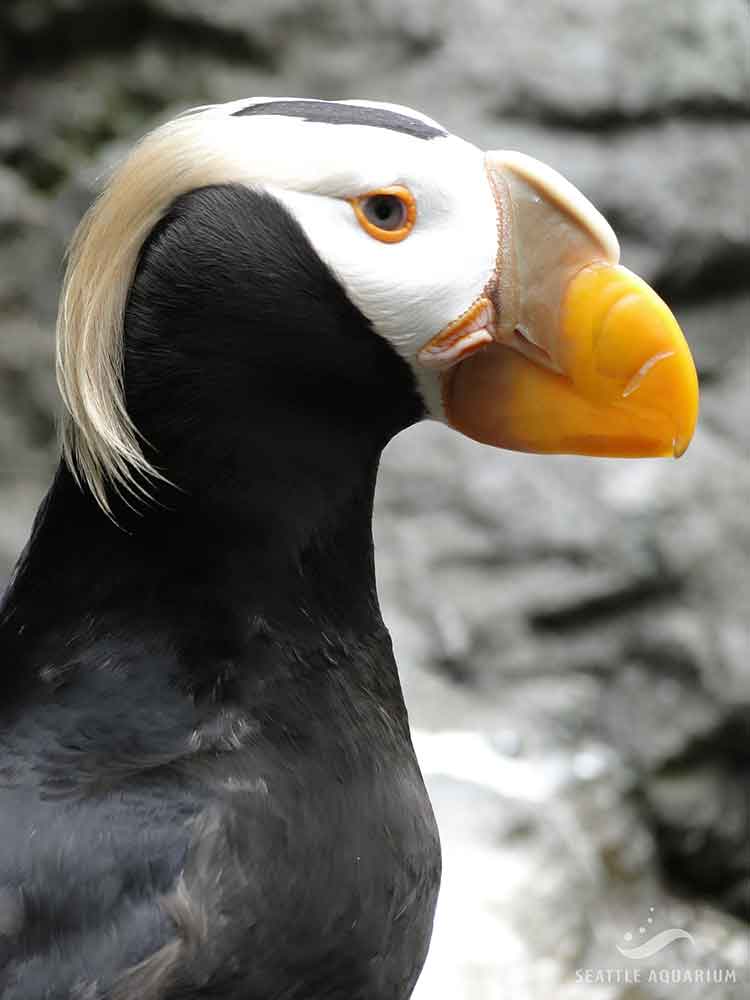
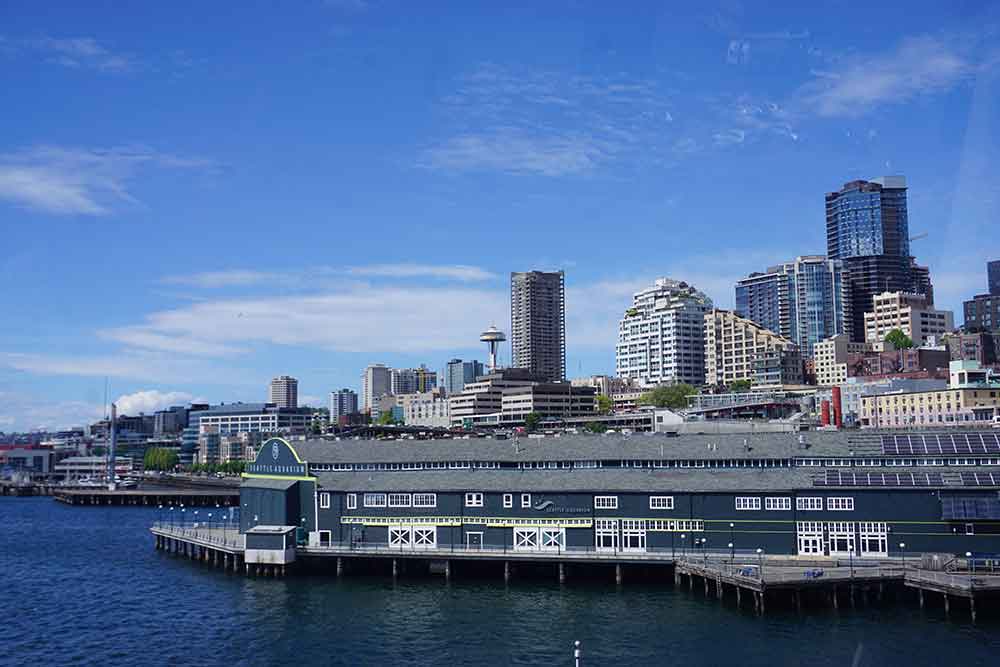
Seattle is one of my favorite cities, but somehow I have never been to the Seattle Aquarium! Your information on the life of an octupus was so interesting. They are such fascinating creatures.
Lori, you definitely should plan to go to the Seattle Aquarium on your next trip to the Emerald City! I’m glad you enjoyed reading about the octopuses. I’ve long been intrigued by them and learned a lot from the Aquarium’s Marine Science Interpreter, Roberta.
A trip to an aquarium seems like the perfect antidote for a heatwave on the East Coast! The Seattle Aquarium looks like a winner. Loved your beautiful photography!
Thanks, Irene! I especially loved photographing Vincent, the giant Pacific octopus. I’m glad I was able to add Seattle Aquarium to my list of “indoor oceans!”
This is a great story and now we are going to visit Vincent the next time we are in Seattle! Thanks for the beautiful photograph and great info 👍
Thanks, Carol! I hope you get to see Vincent when you next visit Seattle! If he has already been released, there should be another giant Pacific octopus for you to get to know!
Pingback: A look back at 2019 travels: Texas, Florida, New York, Washington and New Mexico – Tropical Travel Girl
Pingback: Indoor Oceans: Vancouver Aquarium – Tropical Travel Girl
Pingback: Indoor Oceans: Mote Marine Laboratory and Aquarium – Tropical Travel Girl